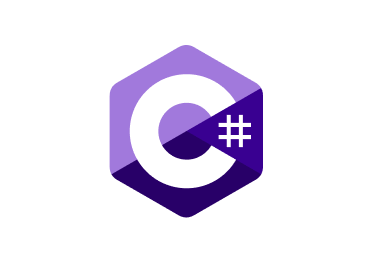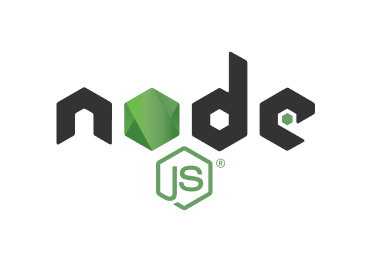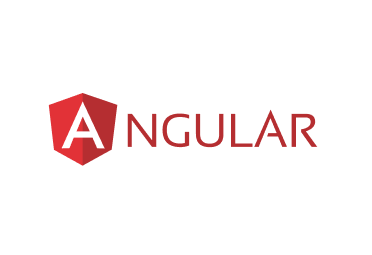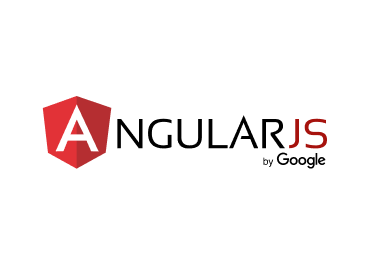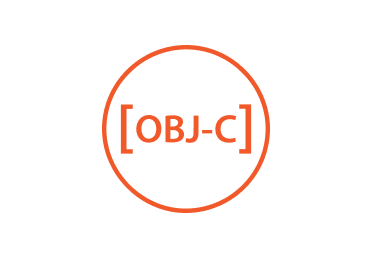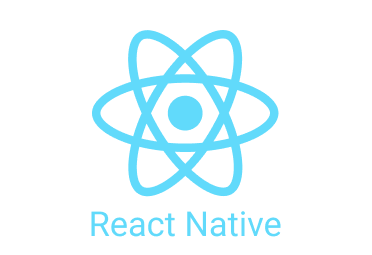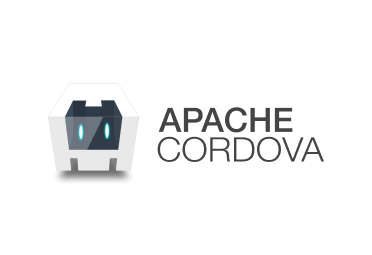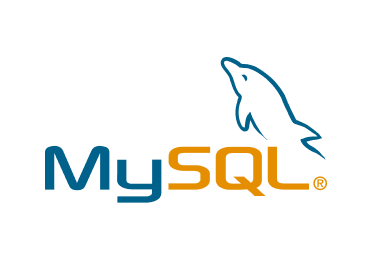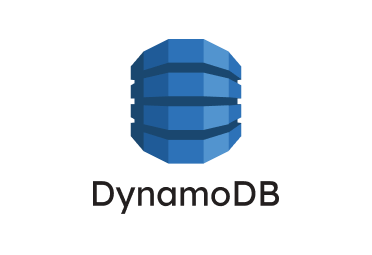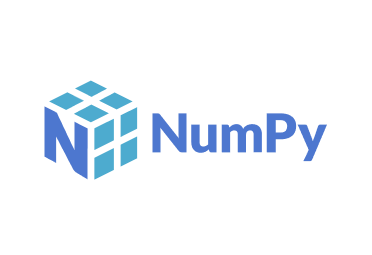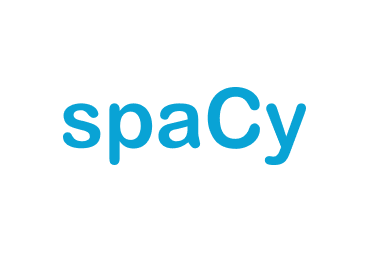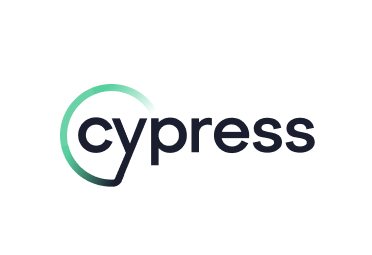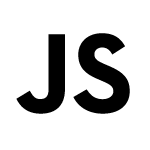Vue.js Development Services
If you’re seeking a top Vue.js development company to create stunning UIs or single-page applications for both mobiles and desktops, SoftTeco can be your all-in-one choice. Our Vue.js Development Services help clients build robust web solutions with interactive elements and rich animation efficiently and on time.
Why Choose Our Vue.js Development?
At SoftTeco, we work with different types of projects – Vue.js is a good choice for the vast majority. If you need to enhance your existing project or to create interactive web interfaces, rely on our company. Vue.js is a fully fledged JS framework with powerful feature sets. It allows us to provide our clients with single-page apps (SPAs), CMS platforms, web apps, and interfaces that work flawlessly on desktops and mobiles.
Due to its simplicity, flexibility, and high performance, Vue.js is great for small projects with limited deadlines. Whether you need app development or migration, our skilled development team is ready to tackle the challenge.
Vue.js Development Services That SoftTeco Offers
Consulting
SoftTeco offers Vue.js consulting services to help you develop a solid development strategy that fits your company’s individual requirements. Our specialists will evaluate your business needs and the market environment to find the perfect solution or resolve pain points.
Custom Application Development
As a client-centric company, SoftTeco provides tailored software solutions that meet unique business needs of our clients. To achieve it, our developers oversee every step of the custom development process, from the initial planning to the final delivery.
Web Development
If you need to establish a strong online presence and get maximum ROI from your web solutions, SoftTeco is here to step in. As a trusted Vue.js company, SoftTeco delivers intuitive web applications optimized for different devices and browsers.
Cross-Platform Application Development
SoftTeco builds mobile applications with an intuitive user interface and powerful feature sets. With our Vue.js development team, you will get a sleek and responsive application running flawlessly on Android, iOS, and desktops.
Migration and Integration
Is your software solution underperforming? Our experienced developers will easily migrate your existing application from an older framework to Vue.js or provide third-party integration, ensuring high performance of your app.
Support and Upgrade
To maintain your app’s high security and performance, you will need to update it constantly, and this is where SoftTeco comes in. We offer post-launch support and maintenance services with regular updates and patches to ensure your solutions stay at their peak performance.
01 / 06
Calculate Team Cost
Get a free and instant team cost estimate in just 4 easy steps. Answer a few quick questions to see an approximate sum based on hourly rates and time required. Try it now!
Benefits of Vue.js Through Our Development Services
01 / 05
Flexibility and integration
Even if you already use Angular or React, you can still use Vue, as it integrates easily with many frameworks. Due to its lightweight nature and component-based architecture, it is adaptable to various projects.
02 / 05
High speed and performance
Due to its virtual DOM, reactive data blinding, and many other built-in features, it provides mobile and web apps with high performance and speed.
03 / 05
Versatile
Due to its flexibility and rich adoption ecosystem, Vue is compatible with a wide range of platforms and technologies, resulting in cost-effective and versatile apps.
04 / 05
Fast development
In-build features and well-organized documentation make it easy to build component-based apps and quick prototypes, thus speeding up the development process.
05 / 05
Large support and ecosystem
Vue.js has a thriving ecosystem with lots of plugins, libraries, and extensions supported by a large community. Thus, developers can take advantage of the latest features, updates, and ongoing support.
Tech stack
Why Choose SoftTeco As Your Software Development Company?
Hire Vue.js Developers
SoftTeco offers an experienced team of developers ready to work on projects of any size and complexity. No matter what you need, we have it covered: interactive SPAs, web apps with engaging interfaces, PWAs, cross-platform apps, or dynamic website development.
Let our developers create a custom solution that works flawlessly across all platforms and provides an exceptional user experience with speed and efficiency. By collaborating with SoftTeco, you will receive high quality of our Vue.js Development Services paired with our extensive expertise.
What our clients say
Calculate Team Cost
Get a free and instant team cost estimate in just 4 easy steps. Answer a few quick questions to see an approximate sum based on hourly rates and time required. Try it now!


